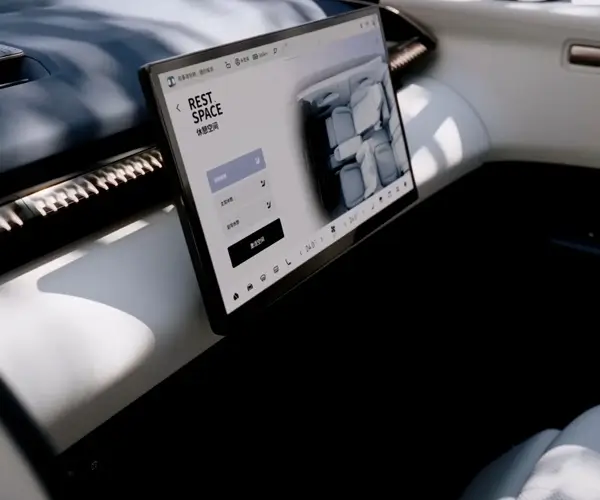Ever been curious about bringing a robot to life? Imagine connecting a tiny device—like an Arduino—and giving it the power to control a servo motor. Yeah, that little motor could turn, rotate, or move like a puppet with strings—only way cooler because it’s all digital magic.

So, picture this: you’ve got your Arduino board, loaded up with possibilities, and your servo motor, ready to dance to its own tune. The question is—how do they hit it off? It’s surprisingly straightforward, but the key is understanding how to make those connections sing. No complicated circuits, no headache-inducing wiring, just a simple, well-orchestrated linkup.
First off, the Arduino's digital pin becomes the control hub. It's like the conductor waving the baton. The servo motor's power line needs a solid connection to a power source—usually 5V—while another wire links the control pin to that specific Arduino pin. It's a dance of signals and power, really. No fancy stuff, just essential wiring and a bit of code to tell the servo when to move.
Now, here’s a common question: do you need any extra components? Sometimes, yes. If you’re powering a bunch of servos or drawing significant current, an external power supply becomes necessary. Think of it like giving the motors their own snack stash—no overloading your Arduino's tiny power bank. A resistor isn’t usually required between the control line but ensuring your wiring is solid prevents surprises.
Programming—oh yes, that’s the fun part. A few lines of code, telling the servo which angle to turn to, and voilà—your tiny robot starts to respond. The code looks like a quick command: set the servo to 90 degrees, and it swiftly moves. Play around with the angles, and watch your creation come alive!
But what if it doesn’t work? Sometimes, the servo whines or refuses to move. Check your wiring first—loose connections are the worst enemy. Confirm your code matches the wiring setup. A little troubleshooting goes a long way—sometimes, swapping out the servo or resettings the power makes all the difference.
Here’s the beauty of it—once you’ve nailed the basic connection, there’s endless room for experimentation. Attach sensors, add more servos, create robotic arms that mimic human gestures. The possibilities are dizzying. And no, you’re not just flipping switches; you’re orchestrating a mini-symphony of digital commands fueling mechanical movement.
People often wonder: is it really that easy? Well, with a bit of patience and some curiosity, yes. It’s like learning to ride a bike—once you get the feel, it opens a whole new world.
Thinking about the future? Connecting Arduino and servo motors isn’t just a hobby. It’s the first step into robotics, automation, even art installations. The key is understanding the basics—and from there, letting your creativity run wild. Dive in, wire it up, write some simple code, and watch your ideas turn into real, moving reality. That’s the magic of Arduino and servo connections.
Established in 2005, Kpower has been dedicated to a professional compact motion unit manufacturer, headquartered in Dongguan, Guangdong Province, China. Leveraging innovations in modular drive technology, Kpower integrates high-performance motors, precision reducers, and multi-protocol control systems to provide efficient and customized smart drive system solutions. Kpower has delivered professional drive system solutions to over 500 enterprise clients globally with products covering various fields such as Smart Home Systems, Automatic Electronics, Robotics, Precision Agriculture, Drones, and Industrial Automation.




































